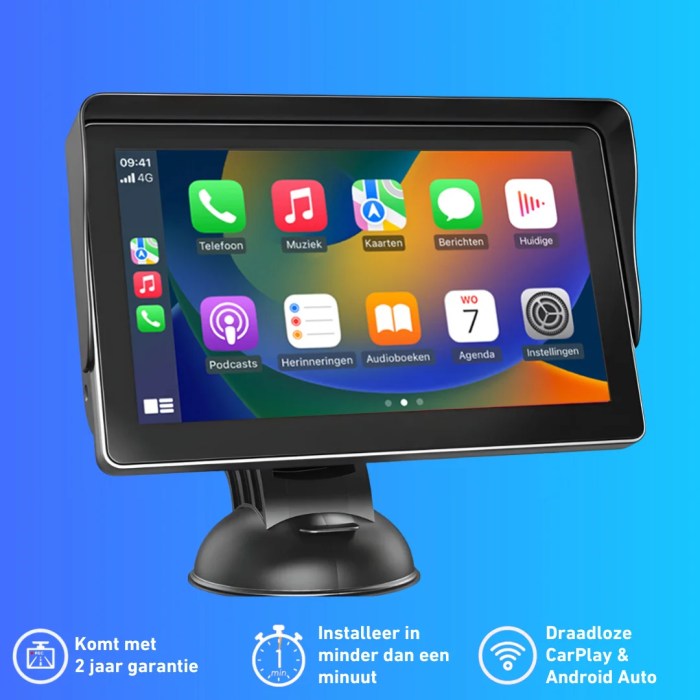Magento is a highly popular e-commerce platform that offers a wide range of customization options to suit the needs of online merchants. In this blog, we will discuss some common Magento customization options and how to implement them.
Customizing the theme:
One of the easiest ways to customize Magento website design is by changing the theme. Magento offers a wide range of free and paid themes that can be easily installed and customized. You can also create your own custom theme by modifying the existing theme or creating a new one from scratch. To customize the theme, you need to have a basic understanding of HTML, CSS, and PHP.
Adding custom attributes:
Magento allows you to add custom attributes to products, categories, and customers. Custom attributes can be used to provide additional information about a product or customer, such as size, color, or customer type. To add custom attributes, go to Catalog > Attributes > Manage Attributes and click on Add New Attribute.
Creating custom modules:
Magento has a modular architecture that allows you to add custom functionality to your e-commerce store by creating custom modules. A module is a collection of files that contain code to implement a specific functionality.
To create a custom module, you need to have a good understanding of Magento’s architecture and programming languages like PHP and XML.
Customizing the checkout process:
The checkout process is a critical part of any e-commerce store, and Magento allows you to customize it to suit your specific needs. You can add or remove fields from the checkout form, change the order of the fields, and add custom validation rules.
To customize the checkout process, you need to have a good understanding of Magento’s checkout architecture and programming languages like PHP and JavaScript.
Integrating with third-party services:
Magento allows you to integrate with third-party services like payment gateways, shipping carriers, and marketing automation tools. Integrating with these services can help you streamline your e-commerce operations and improve the overall customer experience. To integrate with third-party services, you need to have a good understanding of Magento’s API and programming languages like PHP.
Conclusion
Magento is a highly customizable e-commerce platform that offers a wide range of customization options to suit the needs of online merchants.
Customizing Magento can be done through various means such as changing the theme, adding custom attributes, creating custom modules, customizing the checkout process, and integrating with third-party services. To implement these customizations, you need to have a good understanding of Magento’s architecture and programming languages like PHP, HTML, CSS, and JavaScript. With the right knowledge and skills, you can create a highly customized e-commerce store that meets your specific business needs. For assistance with your customisation needs for your online store, you may also speak with top-rated web development company which employs highly qualified specialists.









